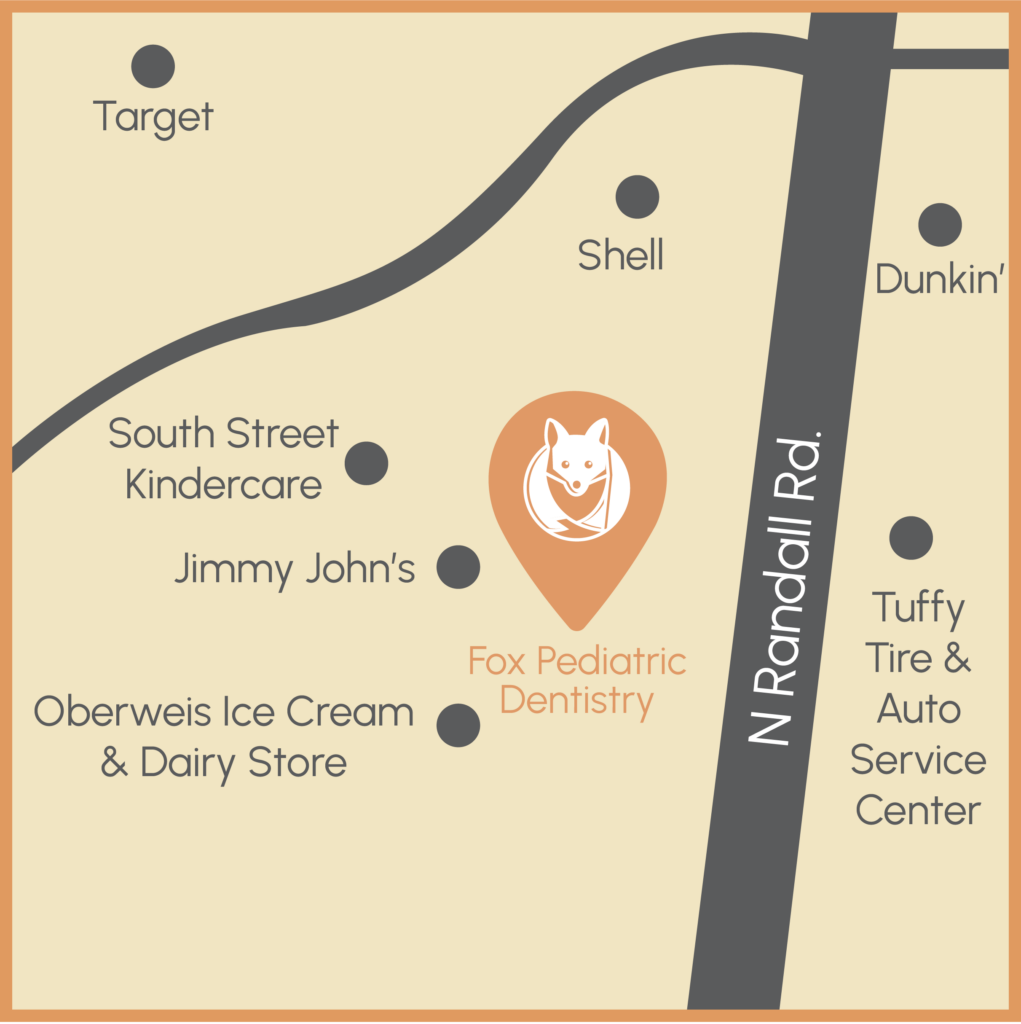FAQ
FAQ
What is a pediatric dentist?
A pediatric dentist has completed two additional years of training to focus their scope of care on children. Their training includes vast experience working with kids of all ages, from infants to adolescents. A pediatric dentist has many tools to take care of the complex needs of children and understands the unique approach needed to interact with and treat each child.
When should I bring my child for their first dental visit?
A child’s first visit should occur whenever they receive their first tooth (usually 6 months) and no later than the first year of life.
Will I be allowed in the room with my child?
Yes! In most situations, we allow parents to be in the room with their children. This helps the patient to feel comfortable during their first visit and allows direct communication with each parent about any treatment needs of the child. For treatment appointments, please read our ‘Parent Guidelines for Appointments’, otherwise, parents are encouraged to wait in the waiting room. Parents must wait in the waiting room for sedation appointments until their child’s care is completed.
Why do we need to treat baby teeth? Don’t they fall out anyway?
While it is true that baby teeth eventually fall out, baby teeth are treated to maintain form and function until natural exfoliation. Baby or primary teeth are essential for daily functions such as speech, eating, and quality of life. It’s important to note that some baby teeth do not fall out until 12 years of age.
Does my child need X-rays? Are they safe?
Many times x-rays or radiographs are critical in proper diagnosis. If you are coming from a different office where x-rays were previously taken, please bring them with you to prevent taking unnecessary additional x-rays. However, if an x-ray is unclear or blurry, sometimes additional x-rays will need to be taken for proper diagnosis.
At our practice, we adhere to the ALARA principle, which means “as low as reasonably achievable.” We only take x-rays when absolutely needed to minimize the amount of radiation to your child. Furthermore, technology has also come a long way to use the lowest amount of radiation possible to achieve an image useful for diagnosis.
Below are the different types of x-rays you can expect for your child
Periapicals
These x-rays are often taken to confirm or rule out any disease associated with the bone surrounding your child’s teeth. These x-rays also confirm the presence or absence of developing teeth in your child. These are often taken on an as-needed basis.
Bitewings
These x-rays are best for checking cavities between our teeth. Without these x-rays, insidious cavities are often missed early on that can become much bigger issues down the road. These will often begin to be taken as early as 3 years old or when your child has their baby molars touching in the back.
Panoramic
These x-rays are essential to track the growth and development of each child. This x-ray will ensure the development of all permanent teeth and rule out the possibility of any other extra teeth or diseases. These are most commonly taken around 6 years old or when a child’s first permanent molars erupted.
Visit Us
Schedule a dental appointment with Fox Pediatric Dentistry by calling (224) 629-4125 or contacting us online.



